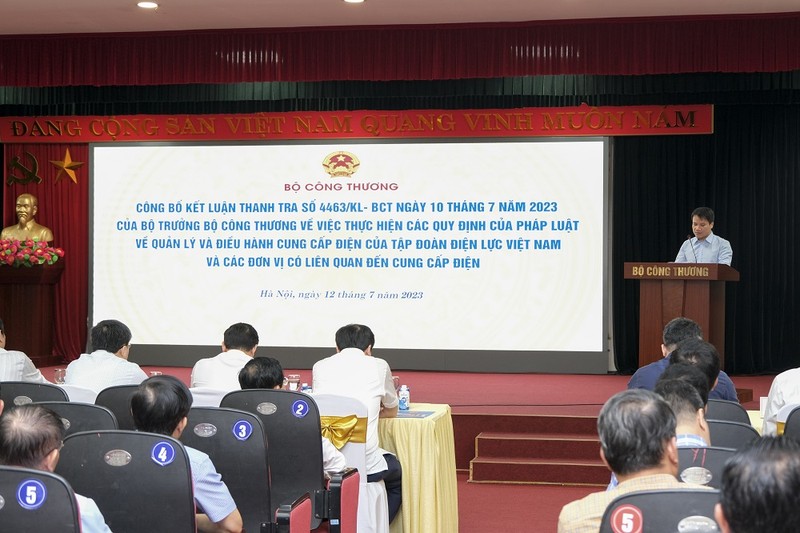HCMC – The Ministry of Industry and Trade has conducted an inspection in which Vietnam Electricity Group (EVN) was found to be responsible for the power supply crunch, most recently in northern Vietnam, due to its slow investments in electricity infrastructure.
The ministry’s inspection was conducted at the request of the prime minister, and its results were released on July 12.
The ministry said that EVN’s power source structure imbalance in 2021-2023 had made it hard to address issues with thermal power plants, resulting in an unstable power supply.
The inadequate regulation and operation of the power system by EVN were uncovered during the inspection. The lack of coordination and adherence to schedules led to widespread power disruptions, particularly in the northern region.
These unexpected power cuts have sparked public outrage, impacting the livelihood of citizens and hindering business and production.
The consequences of the electricity outages are significant for both individuals and businesses. Many enterprises, especially those in industrial zones, have faced frequent and extended power outages, disrupting their production.
European businesses in Vietnam have also expressed concerns over the impact of the electricity shortage. A survey found that 60% of companies acknowledged the challenges it presents, with 10% reporting severe operational disruptions.
Recognizing the seriousness of the situation, the ministry has recommended a comprehensive evaluation and clarification of responsibilities for EVN’s leadership and other stakeholders in the power sector.
EVN has initiated an internal review to identify shortcomings and develop effective solutions to address the ongoing electricity shortages. However, substantial challenges still lie ahead.
Meeting the electricity needs of this area, particularly during the dry season when hydroelectric reservoirs are depleted, will remain a daunting task as the new power sources set to commence operation in 2024 and 2025 are expected to meet only 30-50% of the growing demand in the northern region.











